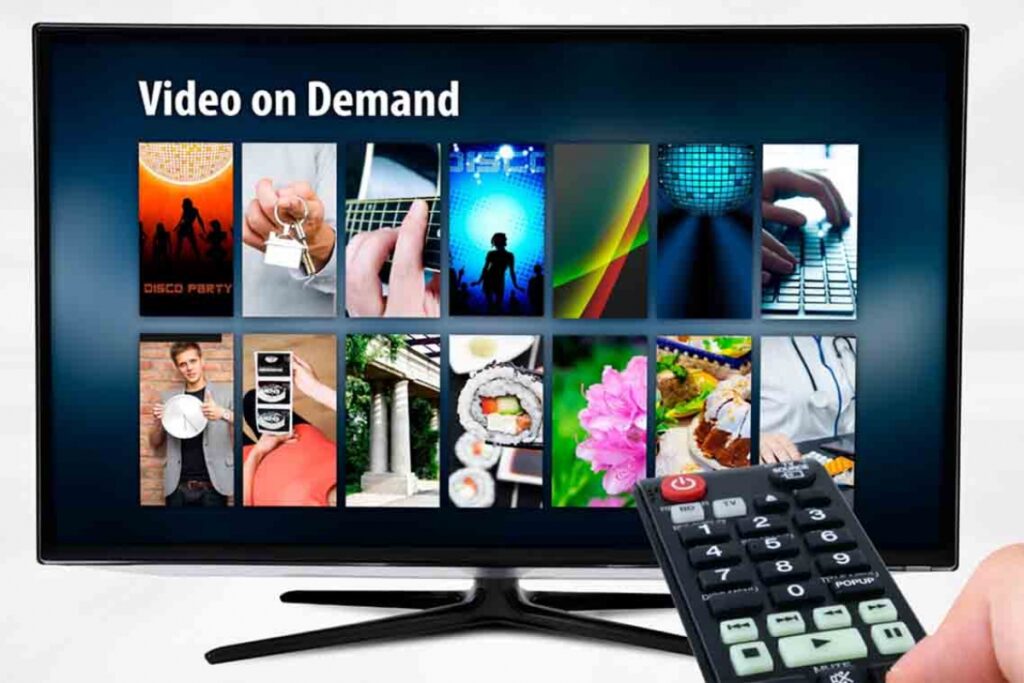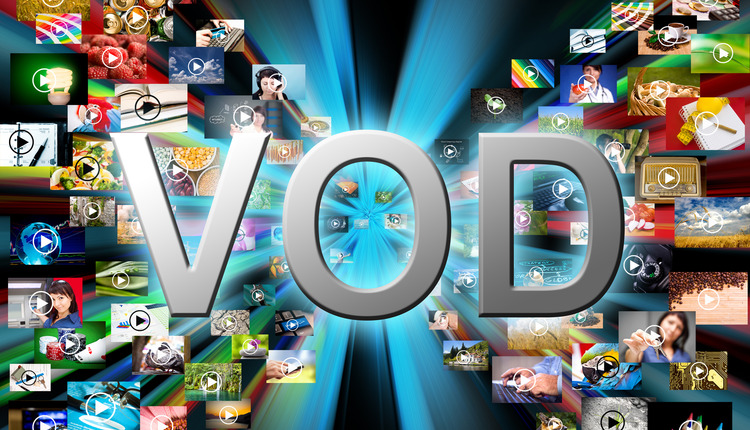As the demand for online streaming continues to grow, it has become increasingly important for content providers to have a VOD platform in order to keep up with the changing trends in the entertainment industry. In 2024, having a VOD platform will be a crucial component of any successful content provider’s strategy.
Whether you’re a media company, a film studio, or a broadcaster, having a VOD platform that delivers high-quality, engaging content to your audience is no longer a luxury, but a necessity. This article will explore the reasons why a content provider needs VOD technology in 2024, and why it is an investment worth making for your business.
VOD (video-on-demand) is one of the easiest ways to watch videos of different genres. People turn to VOD platforms for education, entertainment, training, and breaking news.
For businesses, an appropriate video streaming solution helps share videos with viewers and build stronger relationships with them. Moreover, it is a great source of revenue.
Let’s give VOD a closer look.
What Does VOD Mean?

VOD is an abbreviation for video-on-demand. It refers to content that is always available for a viewer’s request. In other words, the VOD format allows people to choose when, where, and how they watch videos.
When a person wants to view a movie, they go to a service, click on a video, and enjoy.
VOD delivers content via an Internet connection, and it doesn’t need cable or satellite. Viewers should have enough bandwidth and a compatible device to watch media.
Why Do People Like VOD Platforms?
Multiple viewers cut the cord and turn to online-based video streaming platforms for the following reasons:
- They control when they watch. VOD content is available at any time, avoiding common scheduling.
- They control what they watch. Plenty of VOD platforms offer various content. With such a wide variety, viewers have control over what they watch.
- They control how they watch. Video streaming solutions provide features to manage your viewing process, such as rewinding, pausing, and fast forward. People don’t miss scenes because of a doorbell anymore.
All these things combined give viewers freedom, convenience, and flexibility in viewing content.
This is also essential for a business or an organization. They can draw customers’ attention to their videos and generate revenue from them. People are actively looking for new videos to watch, and they love VOD platforms due to their capability. Moreover, OTT application development allows viewers to access VOD on any device they want.
Due to modern technologies and OTT solutions, a business can reach a viewer and deliver videos directly to their devices.
Furthermore, VOD platforms are a winning alternative to traditional television because it costs less and provides more control.
How to Monetize Videos with VOD?

Any business wants to make money on what it does. When it comes to video streaming platforms, your monetization capabilities depend on the OTT solution you acquire. Companies introduce various revenue-generating models. Here is the list of common ones:
- Advertising-based video-on-demand or AVOD service allows people to access content for free, while a content provider makes money by advertising.
- Subscription-based video-on-demand sells access to videos on a subscription basis. Viewers purchase a month or a year of watching videos on the platform.
- Transactional-based video-on-demand requires users to purchase every single video on the platform. When they pay for one, the rest are still inaccessible.
- The hybrid monetization model is a combination of several models described above. For example, the popular model now consists of subscriptions and advertising. Services offer viewers two purchase plans: an ad-free subscription at a higher price and a subscription with ads at a lower price. Some platforms offer people a group of videos on a subscription basis and Premium content that requires an additional fee.
All these models are profitable. A content provider should choose the one that is right for them.
Final Thoughts

VOD platform is an alternative way to deliver media to viewers. However, it has more benefits compared to traditional broadcast methods like cable or satellite. Viewers love these services for the convenience and flexibility they provide. People get control over what, when, where, and how they watch, while businesses can reach viewers directly and generate revenue by sharing videos.





